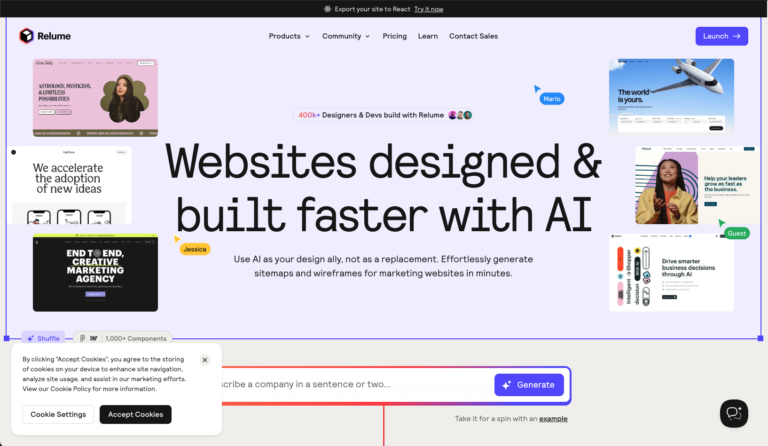
A slow, confusing, or frustrating website doesn’t just annoy users, it directly impacts revenue and business growth. Poor user experience (UX) leads to lost sales, higher bounce rates, and frustrated customers who may never return.
Real-World Examples of Bad UX Costs:
- Amazon’s $300M Loss: A simple checkout issue, forcing users to log in instead of allowing guest checkout: resulted in massive revenue losses before they fixed it.
- High Bounce Rates: Websites with poor navigation and unclear layouts see bounce rates exceeding 70%, meaning most visitors leave without engaging.
- Form Abandonment: Users drop off when faced with excessive form fields or confusing input requirements, leading to lost conversions.
- Frustrating Interfaces: Poor mobile optimization, slow load times, or hard-to-read text reduce user trust and increase churn.
Why Good UX Saves Money
Investing in UX upfront improves business outcomes by:
- Increasing conversions and revenue through smoother user journeys.
- Reducing customer support costs by making interactions more intuitive.
- Enhancing brand reputation and customer loyalty.
- Lowering redesign expenses by avoiding patchwork fixes later.
Best Practices for Better UX
- Simplify navigation: Ensure users can find what they need in just a few clicks.
- Optimize performance: Faster load times lead to better engagement and lower bounce rates.
- Streamline forms: Keep inputs minimal and intuitive to avoid user frustration.
- Test regularly: Conduct usability testing to identify pain points before they impact revenue.
Further Reading & Resources:
- Baymard Institute: E-commerce UX research
- Nielsen Norman Group: UX expert reviews
- Smashing Magazine: 10 Useful Usability Findings and Guidelines
- Google PageSpeed Insights: Improve site performance
- Ego: World’s Most Expensive Mistakes In The UI/UX That Amazed Us
Bad UX isn’t just an inconvenience—it’s an expensive mistake. What’s a frustrating UX experience you’ve encountered? Share your thoughts.






